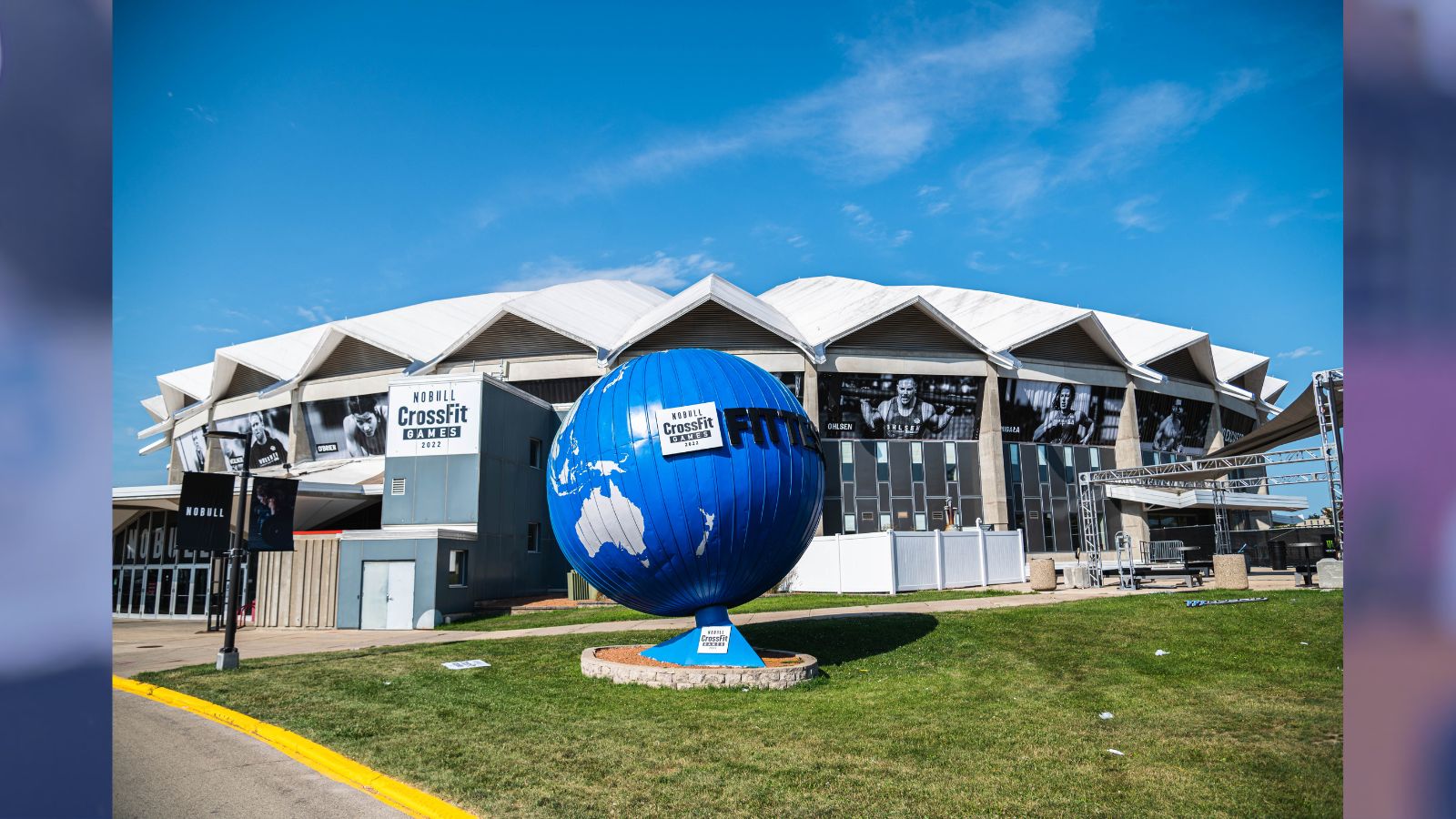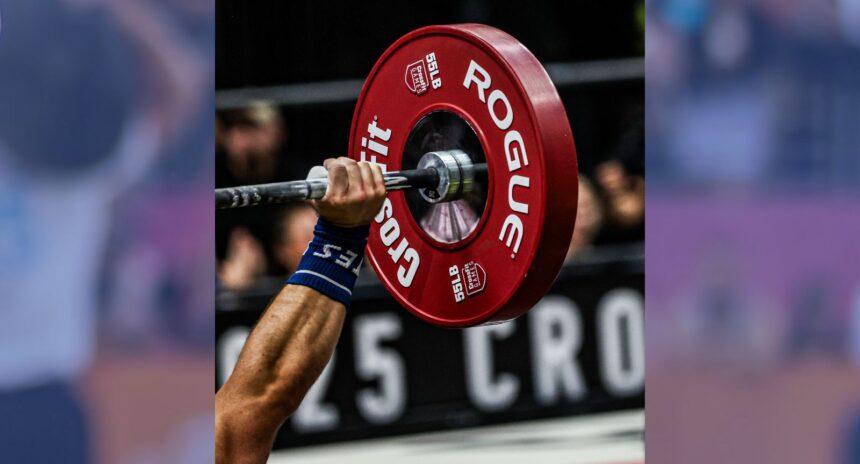Is CrossFit’s Global Era Ending or Just Beginning? An Early Look at the 2026 CrossFit Games Qualification Process

As CrossFit fans, we have become accustomed to change, since no season ever runs the same as the one before.
- In light of this, one of the big changes this year is that neither the online nor the in-person Semifinals events will have any regional restrictions on athletes gunning for the 2026 CrossFit Games.
This essentially means that, although unlikely, the entire CrossFit Games field next summer could be made up of North Americans or Europeans.
Remind Me
We learned about the 2026 season’s “no geo-fencing” rule from the recent Athlete Council Meeting, where attendees were told that individuals and teams will be able to compete in any Semifinal in any region next season.
- This is slightly different from last season, when each In-Person Qualifying Event (IPQE) could impose regional restrictions on its event.
Four of last year’s 10 IPQEs – The Fittest Experience Invitational, the REBEL Renegade Games, the Syndicate Crown, and Copa Sur – chose to restrict who was eligible to compete strictly to athletes from their particular region.
Why This Matters
For a long time, one of CrossFit HQ’s publicly stated goals was to transform CrossFit into a worldwide sport.
- In line with this mission, since 2009, the qualification process for the CrossFit Games has included some geographical guidelines to ensure athletes from all around the world are represented.
Thus, removing most regional restrictions last season and eliminating all of them for the 2026 season is in stark contrast with what has come to be expected.
A Quick History of CrossFit Season Geographical Representation
The CrossFit Games began in 2007. That year, anyone could show up, register, and compete. The same was true of 2008.
In 2009, CrossFit introduced a qualification process that broke the world into 17 Regionals, ensuring athletes from all around the world would be represented on the big stage.
In 2010, CrossFit introduced Sectional competitions, which acted as the qualification process for 13 in-person regional competitions, where athletes earned their invites to the Games.
In 2011, the CrossFit Open was introduced as the first stage of competition, and the number of regional competitions increased once again to 17 (10 American regions, two Canadian, as well as Europe, Australasia, Asia, Africa, and Latin America).
- Regional competitions continued until 2018, and although the geographic regions changed over the years, as did the number of athletes who qualified from each region, one theme remained consistent: the qualification process ensured that athletes from every continent competed at the CrossFit Games.
In 2019, CrossFit doubled down on its commitment to globalize the sport.
That year, national champions from every country in the Open received invitations to the CrossFit Games, along with additional chances to qualify through various Sanctional competitions worldwide.
- CrossFit planned to follow the 2019 format for the 2020 season, but the global pandemic caused them to change course. Instead, only five men and five women qualified to compete in the in-person Finals in Aromas, CA.
The 2021 season introduced Semifinal events, again ensuring representation from all parts of the world, a feature that continued through 2024.
Worth noting: In 2021, CrossFit also implemented a rule stating that citizenship would determine which country, and subsequently which continent, an athlete or team is associated with, ensuring that, for example, an American living in South Africa could not secure the one African spot at the Games.
- The 2025 season marked the start of moving away from guaranteeing global representation. As noted, each IPQE organizer could choose whom to invite or allow to compete in their event.
And here we are on the verge of the 2026 season, and, as far as we know, for the first time since CrossFit introduced a qualification process in 2009, geography will play no role in determining next summer’s CrossFit Games roster.
One Big Thing
At first glance, it might seem like CrossFit is no longer concerned about the Games being a global event, but there’s another perspective to consider.
In the beginning, CrossFit was still in its early stages, especially in some regions worldwide, like Latin America, Africa, and Asia (and possibly even Australia).
- At that time, without a regionally restricted qualification process in place, it was unlikely that anyone from those regions would have been fit enough to qualify for the Games.
Today, however, the world has narrowed the gap with North America and Europe. Therefore, removing regional restrictions is a natural step to reflect the increased parity among countries and continents compared to a decade ago. In other words, those countries and continents might no longer need subsidies.
- Case in point: Last year’s In-Affiliate Semifinals, which had no regional restrictions, qualified 11 men and 11 women for the Games. A total of eight countries were represented among those 22 athletes.
Then again, of those 22 athletes from eight countries, there was still no athlete from Asia, Latin America, or Africa on that list.
The Big Picture
Only 30 men and 30 women will qualify for the 2026 CrossFit Games, and with the field now completely unbound by geography, next summer’s Games spots are as wide open as ever.
- Our prediction: We will see athletes from the United States, Canada, various European countries, Australia, and possibly Brazil, but it’s hard to imagine any Asian or African representation in San Jose next summer.
Because, despite how global the sport has become, it’s not truly global yet.
Then again, not many sports are.


